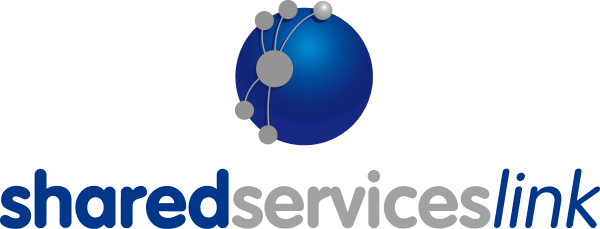Published: Aug 7, 2024
Overcoming Challenges in P2P Automation: A Guide to Successful AP and e-Invoicing Implementation
.png)
Implementing Procure-to-Pay (P2P) automation and e-invoicing can revolutionize your procurement process, offering substantial efficiencies and cost savings. However, many companies encounter significant obstacles along the way. Let’s explore the primary challenges to AP and P2P automation and how to effectively overcome them to ensure a successful transition to P2P automation.
Challenge 1: Underestimating the Continuous Journey of Change Management
The Issue:
Many organizations envision a seamless transition to P2P automation but struggle to stay on course, especially during turbulent times. Effective change management requires robust leadership and strategic foresight.
The Solution:
Identify and empower proactive, tenacious, and authoritative process owners. These individuals, whether they hold formal titles or not, must:
- Be process-aware and credible.
- Understand the business's political landscape without being hindered by it.
- Communicate effectively about current processes and future improvements.
- Adapt their communication style to different stakeholders.
These change agents will drive your vision forward, ensuring that even during challenging phases, your automation goals remain on track.
Read more: Global Process Owners - Everything you Need to Know
Challenge 2: Poor Quality Data Creates More Manual Work
The Issue:
Bad data quality can significantly hamper your AP and P2P automation efforts, leading to increased manual intervention and inefficiencies.
The Solution:
While there’s no quick fix, improving data quality is crucial for successful P2P automation. Here are some best practices:
- Consolidate Suppliers: Reduce the supplier base to simplify record-keeping and encourage suppliers to update their details via a portal. Identify and potentially remove suppliers unwilling to transition to e-invoicing.
- Implement robust data governance practices and data ownership: Assign clear ownership of data to ensure it’s managed strategically and consistently.
Challenge 3: Suppliers Don’t Get Onboard
The Issue:
For e-invoicing to work, supplier participation is essential. However, suppliers often resist changes to their established processes.
The Solution:
Motivate suppliers by clearly communicating the consequences of non-compliance and the benefits of e-invoicing:
- Negative Consequences: Delays in processing, potential charges for paper invoices, lack of invoice status visibility, and higher postage costs.
- Positive Outcomes: Faster payment processing, access to discounts, guaranteed delivery, reduced invoicing costs, and transparency in payment status.
- Employ effective communication techniques to encourage onboarding:
- Get executive buy-in, with CPO and CFO signing correspondence.
- Set clear deadlines for onboarding.
- Highlight benefits and outline next steps.
- Engage large suppliers through calls or meetings, and offer webinars for broader supplier groups.
- Ensure procurement is briefed and involved in the onboarding process.
- Maintain clean and complete supplier data.
Challenge 4: Your Processes aren’t Ready for Automation
The Issue:
Many organizations find their existing processes unsuitable for automation, with low PO rates and frequent exceptions. You don’t want to automate a broken process.
The Solution:
Address process inefficiencies before implementing automation:
- Measure and Log Exceptions: Identify and document all exceptions.
- Regularly report issues to senior finance leaders.
- Educate buyers on the significance of raising POs to enhance visibility and efficiency.
- Accountability: Highlight recurring issues during monthly calls and adjust shared services charging models to incentivize PO-backed invoices.
- End-to-End Process Ownership: Assign a P2P Global Process Owner to oversee and optimize the entire process.
Conclusion
Overcoming these challenges is crucial for the successful implementation of P2P automation and e-invoicing. By addressing change management, data quality, supplier onboarding, and process inefficiencies, companies can unlock the full potential of their automation initiatives, leading to streamlined operations and significant cost savings.
